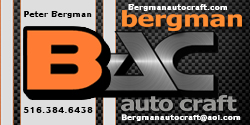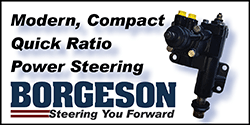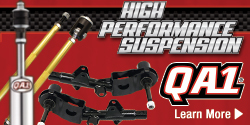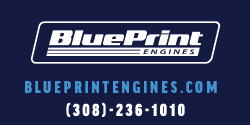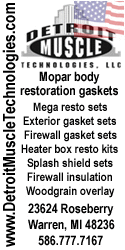HS 69 Charger
Member
I am rebuilding a Carter AVS 4638 carburetor on a stock 383 (Vin H) Automatic with A/C. Build sheet confirms 4638 as correct Carburetor. This carburetor is NOT original but was replaced around 1979 as new (replaced a Holly which obviously was also not original carburetor per build codes).
After disassembly I noted the follow with questions:
1. I found two of the jets stuck (on Choke linkage side) and the soft brass already rounded over. I expect the only sure fire removal is a drill and extraction tool (left hand thread) to force them out as there is not much to grip onto at this point. Before, I do that, I want to know how to identify the replacements and availability. I snapped a closeup of the two from the accelerator pump side. At this point I may simply clean the carburetor with these still in place. See picture.

2. The 8 screws holding the air horn to the main body have several with "failed" lock washers. 1 is missing completely and 2 are broken so that the washer no longer has the overlap (to lock). Are these stainless steel washers of standard size for the screw? See pic

3. The prime failure reason for the rebuild is the Accelerator pump. Any acceleration at any point failed. When I opened up the carburetor the piston leather had shrunk down so far the spring behind it was in full view. So that part is an easy fix. No questions here but you can enjoy a pic of a completely failed/shrunk piston.

4. There are two gaskets for Carb to Intake manifold. one thin and one very thick. I have heard mention to use the thick one to "lesson" the effect of the "hot fuel" problem. Which should I install.
Knowing the Accelerator pump was my original problem I might simple proceed with clean everything with a normal rebuild kit (new accelerator pump), while leaving two stuck jets in place.
or
do I persevere, I tear out the two stuck jets and find replacements.
Thanks for any suggestions.
Martin
After disassembly I noted the follow with questions:
1. I found two of the jets stuck (on Choke linkage side) and the soft brass already rounded over. I expect the only sure fire removal is a drill and extraction tool (left hand thread) to force them out as there is not much to grip onto at this point. Before, I do that, I want to know how to identify the replacements and availability. I snapped a closeup of the two from the accelerator pump side. At this point I may simply clean the carburetor with these still in place. See picture.
2. The 8 screws holding the air horn to the main body have several with "failed" lock washers. 1 is missing completely and 2 are broken so that the washer no longer has the overlap (to lock). Are these stainless steel washers of standard size for the screw? See pic
3. The prime failure reason for the rebuild is the Accelerator pump. Any acceleration at any point failed. When I opened up the carburetor the piston leather had shrunk down so far the spring behind it was in full view. So that part is an easy fix. No questions here but you can enjoy a pic of a completely failed/shrunk piston.
4. There are two gaskets for Carb to Intake manifold. one thin and one very thick. I have heard mention to use the thick one to "lesson" the effect of the "hot fuel" problem. Which should I install.
Knowing the Accelerator pump was my original problem I might simple proceed with clean everything with a normal rebuild kit (new accelerator pump), while leaving two stuck jets in place.
or
do I persevere, I tear out the two stuck jets and find replacements.
Thanks for any suggestions.
Martin



